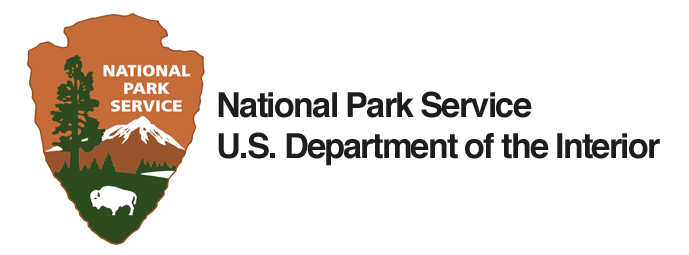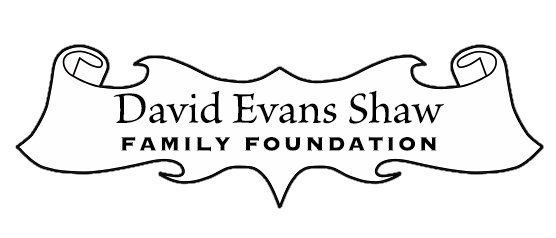Using population genetics to inform invasive species management: A case study of glossy buckthorn
The National Park Service dedicates millions of dollars each year to managing invasive plants and animals that cause damage to park ecosystems and cultural sites. Acadia National Park spent more than $235,000 and logged more than 1,300 hours of labor to control the establishment and spread of non-native species in 2020 alone. One of the most problematic plants in Acadia is glossy buckthorn (Rhamnus frangula), which was introduced to North America as an ornamental shrub. Though park staff remove acres of grown shrubs each year, glossy buckthorn can re-invade previously cleared areas because its long-lived seeds remain in the soil and are easily dispersed by wildlife.
Glossy buckthorn can grow in a variety of environmental conditions, from the top of Cadillac Mountain to Great Meadow Wetland to the edge of the salt marsh in Bass Harbor. The origins of each new population of glossy buckthorn are unclear. Do they grow back from seeds in the ground, or are seeds carried from far away by animals? How connected are the different populations?
“As a manager tasked with limiting the spread of such an aggressive plant, we need a comprehensive strategy that includes identifying source populations, said Acadia National Park Biologist Jesse Wheeler. “To do this, we need to understand how this plant arrives in new territory: is it primarily from birds traveling miles, or is it from localized, incipient, populations that slowly expand over time? Nicole’s use of population genetics will help us answer questions about the origins of glossy buckthorn on Mount Desert Island. Her work may also provide clues into how genetically diverse these populations are, an important factor in how adaptable and invasive this species could be as the climate warms.”
Glossy buckthorn populations with high genetic diversity are healthier populations overall. Diverse populations also are more likely to adapt to different environments and to rapidly evolve tolerance to new environmental stressors such as warming temperatures or drought.
“I hope to identify which populations of glossy buckthorn have the highest genetic diversity, and which populations are primarily contributing to keeping the populations coming back year after year via seed dispersal,” said Kollars. She will identify, sample, and sequence the DNA of glossy buckthorn leaves and seeds across Mount Desert Island. “This information will help target intervention strategies by focusing treatments on the populations that are the biggest contributors to re-invasion.”
This research will also serve as a case study of using genetic information to manage plant populations. With continued monitoring, the National Park Service can use glossy buckthorn within Acadia National Park as a model to test whether the initial investment of generating a population genomics dataset to inform intervention strategies is cost-effective in the long-term.
Kollars is currently a postdoctoral researcher in the Hughes Lab at Northeastern University. She has previously studied the genetic diversity of seagrass in CA and the invasive red seaweed Gracilaria vermiculophylla in SC. She has worked as a naturalist guide and authored a children’s book, Suzie and the Eelgrass Geese.



